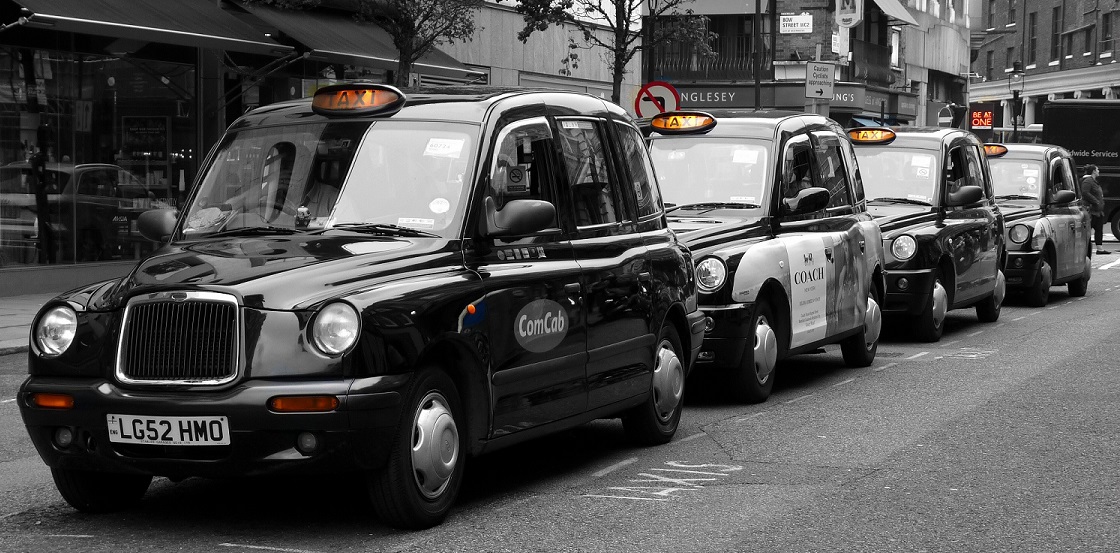John Sills, director at The Foundation described very eloquently why usefulness of a product or service to a customer now trumps loyalty. * He described how his relationship with a local taxi company took a downturn when Uber arrived. Both offered low prices and lots of car availability. Additionally, Uber launched one tap ordering, cashless payment and an actual map showing that the car was, really, “just around the corner!” The convenience of Uber outweighed the long-term relationship working with his local taxi firm.
‘Usefulness’ can come in many guises. For a couch potato, anything that avoids having to leave the comfort of their armchair means ease of ordering is highly prized. For others, the speed of service is important. This is how comparison websites compete, they save the user the time and effort of having to repeatedly enter your details into lots of individual sites for an insurance quote or a hotel booking. Sometimes the usefulness is a little more subtle; with a premium brand such as an Apple phone or Rolex watch, it’s the status of being seen by their peer group to own something expensive and luxurious that matters most to the consumer. This is the reason dedicated Apple fans will queue to be the first to get their hands on any new gadget.
One of the exercises we do with all our customers is help them define and then focus on their competitive advantage(s) rather than features and benefits. The reason? Differences in your product and service that are useful to customers are the key to success. Customers who are truly loyal to you, those who love those differences in the way you deal with them or your superior product, will stick with you for longer and are generally less price sensitive.
Most of us now collect ‘loyalty’ cards as a matter of course. Open up your wallet or purse and the majority of us will have multiple supermarket or coffee company loyalty cards. We are so unashamedly disloyal that we don’t even have the decency to hide the competitor brand cards from the faces of the cashiers at the end of a transaction. We rifle through them all trying to find the appropriate one to scan without a second thought in our heads. But are the companies themselves to blame for this lack of loyalty? Yes, they offer us ‘rewards’, usually by collecting points every time we visit, but these rewards are frequently insufficiently good reason to make us drive to a supermarket further off our route between workplace and home or walk the length of the high street for a latte. In reality, we see them all as similar, so price (our money or our time) become the only factors that influence us. What canny consumers have realised is being ‘disloyal’ and shopping elsewhere will occasionally trigger a company to offer you a bigger discount for ‘coming back’ to them. This tactic is seen not just with supermarkets but with insurance, telephone and utilities. It’s a tactic that can turn a loyal customer into an angry ex customer if it gets exposed. It’s a damaging tactic that makes every one of us a little more cynical about business and business ethics.
So there is a difference between superficial loyalty and actual, real, tangible, beneficial (and profitable) loyalty. Another crucial step in our competitive advantage process involves in depth customer interviews. A quick tick box exercise using free survey software is insufficient here.
The final step in our competitive advantage process is to consider the future. The first to notice your change of marketing focus will be your competitors, so getting ahead needs to be followed by staying ahead. Does your management team have a marketing strategy to stay ahead that influences your recruitment, your product development, and your business investment decisions?
If you’d like your company to be more successful by staying ahead of your competition for longer, why not talk to us on 01905 885 285 or contact us here.
The myth of customer loyalty, Market leader, March 2018.
